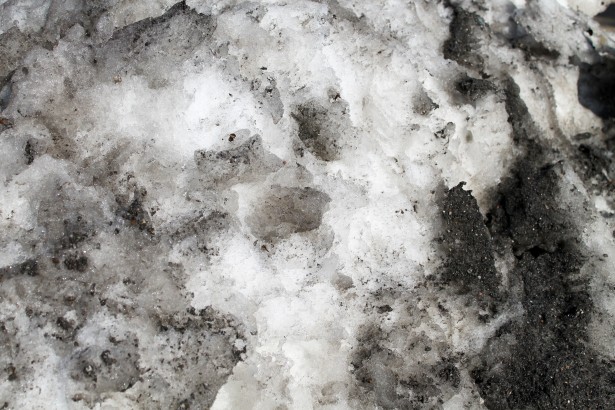
Scientists have been looking at pollution affecting the air, land and water around the Athabasca oil sands for some time. After looking at contaminants in snow taken from up-to 25 km away from the oil sands, a McGill-led scientific team now suggests that oil sand pollution is also affecting the weather patterns in the surrounding regions.
“The beauty of frozen precipitation such as snow is that it’s like a snapshot of atmospheric processes. The snow absorbs the hard metal particles and embeds it and this allows us to see things that we might not be able to see otherwise,” says Professor Parisa Ariya, from the Departments of Chemistry and Atmospheric and Oceanic Sciences. She led the team that recently published their research in Environmental Pollution.
More specifically, the researchers looked at the presence of nanosized particles of metal contaminants in order to gain insight into the larger weather patterns. They discovered:
- That the presence of nanosized particles of metal contaminants (such as chromium, nickel, copper) is much higher (100 times more) than in snow taken from the middle of a Canadian city (Montreal), indicating that air pollution is much greater close to the oil sands
- That the structure of the contaminants in the nanoparticles and microparticles allows a process called ice nucleation – which is at the heart of cloud formation – to take place more rapidly and efficiently and at higher temperatures than when there is simply mineral dust in the air. This means that they can alter cloud formation processes as well as precipitation frequency and intensity, which control extreme weather events, such as floods and droughts at the two extremes.
These results are of concern since both the World Health Organization (WHO) and the International Panel on Climate Change (IPCC) have identified nanoparticle pollution as a major challenge in climate change. Further research is being done in Professor Ariya’s lab to explore the effects of other major industrial pollutants
